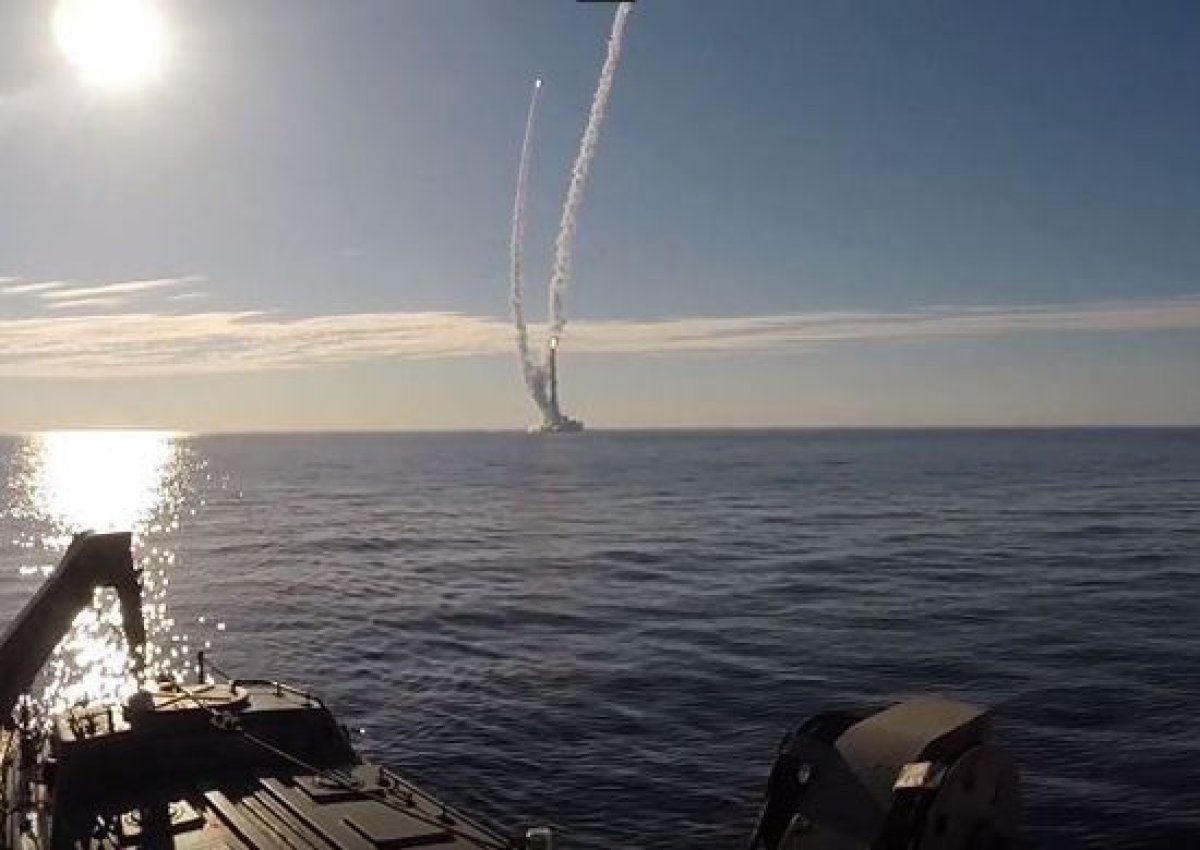Russia has vowed action against a radar station being built not far from its border with Norway, arguing that the site would serve as part of the United States' global missile defense system.
The radar, called Globus-III, was being jointly established by the U.S. and Norway near the small Norwegian fishing village of Vardø, less than 40 miles from Russia's Kola Peninsula, where a series of Arctic naval bases host nuclear submarines that serve the strategic Northern Fleet. The new radar would replace the existing Globus-II, which Russian Foreign Ministry spokesperson Maria Zakharova said Thursday "transmits the information it receives to the United States."
Zakharova claimed during a press briefing that Norwegian officials had been uncooperative when asked about the installation and had simply argued that the radar "is not directed Russia."
Noting the close proximity to her country, she contended that "there is every reason to believe that the radar will monitor precisely the territory of the Russian Federation and will become part of the U.S. missile defense system."
"Obviously, the deployment of the American radar in the area is not a purely Norwegian issue. It concerns the general context of maintaining stability and predictability in the North," she added, referencing Washington's hardening position toward Moscow's own activities in the Arctic Circle. "It seems to me obvious that military preparations near borders, be it Russia or another country, cannot be ignored. We presume that we will take measures in retaliation to ensure our own security."

The Globus project between Washington and Oslo could be traced back to the 1950s, when NATO-aligned Norway proved a strategic front for the Cold War between the U.S. and the Soviet Union. Officially the Globus system was used to "conduct surveillance on, track, and categorize space objects; conduct surveillance in our national area of interests and collect data for national research and development," according to the Norwegian military.
"The GLOBUS System has never been part of a U.S. nor any other country's missile defense system. It is not connected to, nor does it transfer information in real time to the U.S. or any other country's missile defense system—a prerequisite for a functional missile defense system. The modernization effort will not change this," Norway's armed forces argued—but the site's murky history painted a more complex picture.
Globus-II, originally called the AN/FPS-129 HAVE STARE, was built by leading U.S. defense contractor Raytheon and was initially located at California's Vandenberg Air Force Base, where the Pentagon regularly tests its intercontinental ballistic missiles. A Raytheon document from 1999, the year Globus-II came to Norway, says the system was "originally designed to collect intelligence data against ballistic missiles, with aerodynamic and satellite tracking as secondary missions."
The following year, the Bulletin of the Atomic Scientists published an exposé on the site and its relations to missile defense. While the Globus-II's public mission was focused on space, NASA denied any knowledge of the project. Three months later, The Wall Street Journal reported that a storm tore off the radar's Teflon exterior, only to reveal that the Globus-II was indeed pointed toward Russia.
Nearly 16 years later, Norway's official NRK broadcaster first reported that a second radar would be added in Vardø despite the ongoing controversy regarding the first one. Construction was set to take place from 2017-2020 and, in March, NRK observed special heavy shipments from the U.S. arriving in the ports of Vardø, reporting that workers protested being photographed and local authorities refused to provide further information.

While Russia has not specified what sort of action it planned to take in response to the installation of Globus-III, the country's leading military officials have weighed in on the matter. During a December ministry board session attended by President Vladimir Putin, Defense Minister Sergei Shoigu listed the construction of Globus-III as one of the ways in which "the U.S. and NATO are augmenting their military potential."
Just two months earlier, Norway was the site of Trident Juncture, the largest NATO drill in two decades, amid much Russian criticism. Oslo would later claim that Moscow jammed GPS signals of countries involved in the exercise, something Russian officials denied. In February, it was alleged by Norwegian Intelligence Minister Lieutenant General Morten Haga Lunde that Globus-II officially entered the fray of worsening ties between Oslo and Moscow when 11 Russian Su-24 attack aircraft staged a mock strike against the radar site one year earlier.
The Arctic region, in general, has also become an increasingly contentious arena for troubled ties between the West and Russia. Moscow has pioneered its nuclear-powered icebreaker technology, forging new trade routes. The U.S. and Russia have also both stepped up military activities in the strategic region, with both call for even more steps.
At a ministerial meeting of Arctic countries in Finland earlier this month, however, the two nations showed their differing approaches. Russian Foreign Minister Sergey Lavrov joined other ministers in discussing how to tackle climate change, while Secretary of State Mike Pompeo omitted the phrase "climate change" altogether in his own speech, instead discussing the potential benefits of melting sea ice.
Uncommon Knowledge
Newsweek is committed to challenging conventional wisdom and finding connections in the search for common ground.
Newsweek is committed to challenging conventional wisdom and finding connections in the search for common ground.
About the writer
Based in his hometown of Staten Island, New York City, Tom O'Connor is an award-winning Senior Writer of Foreign Policy ... Read more
To read how Newsweek uses AI as a newsroom tool, Click here.








